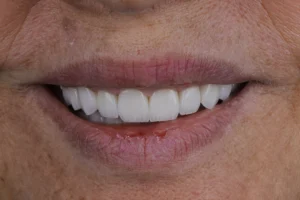Temple fillers, also known as temporal or temple augmentation, involve the use of injectable dermal fillers to restore volume and contour to the temples. Here’s an overview of temple fillers:
Purpose:
Temple fillers are used to:
- Restore Volume: Address hollowing or sunken appearance in the temples due to aging or genetics.
- Enhance Facial Proportions: Improve overall facial balance and harmony by restoring volume to the temporal region.
Types of Fillers Used:
- Hyaluronic Acid Fillers (HA Fillers): These fillers are commonly used for temple augmentation. Hyaluronic acid is a naturally occurring substance in the body that provides hydration and volume. Popular brands include Juvederm, Restylane, and Belotero.
- Calcium Hydroxylapatite (CaHA) Fillers: CaHA fillers, such as Radiesse, provide longer-lasting results compared to hyaluronic acid fillers by stimulating collagen production.
- Polylactic Acid (PLLA) Fillers: PLLA fillers, like Sculptra, stimulate collagen synthesis over time, offering gradual enhancement and longer-lasting effects.
Procedure:
- Consultation: During the initial consultation, your provider will assess your temples, discuss your goals, and recommend the most suitable filler based on your anatomy and desired outcomes.
- Injection Process: The procedure involves injecting the chosen filler into the temples to restore volume and contour. The injections are strategically placed to achieve a natural-looking result that complements your facial features.
- Immediate Results: Results are visible immediately after the treatment, although there may be some initial swelling and bruising. The final results typically settle within 1-2 weeks once any swelling subsides.
Benefits:
- Improved Volume: Restores lost volume and reduces the appearance of hollowing in the temples.
- Non-surgical Solution: Provides a non-invasive alternative to surgical temple augmentation procedures.
- Longevity: Results can last anywhere from 6 months to 2 years or more, depending on the type of filler used and individual metabolism.
Considerations:
- Safety: The procedure is generally safe when performed by a trained and qualified provider, but there may be risks such as swelling, bruising, or allergic reactions.
- Personalized Treatment: Each treatment is customized to achieve natural-looking results that enhance your temples while maintaining facial balance and symmetry.
- Maintenance: Regular maintenance treatments may be necessary to sustain results over time, as fillers gradually break down and are absorbed by the body.
Before undergoing temple filler treatment, it’s important to consult with a reputable provider who specializes in cosmetic injectables. They can assess your suitability for treatment, discuss expected outcomes, and ensure you achieve the desired enhancement with minimal risk and optimal results.





